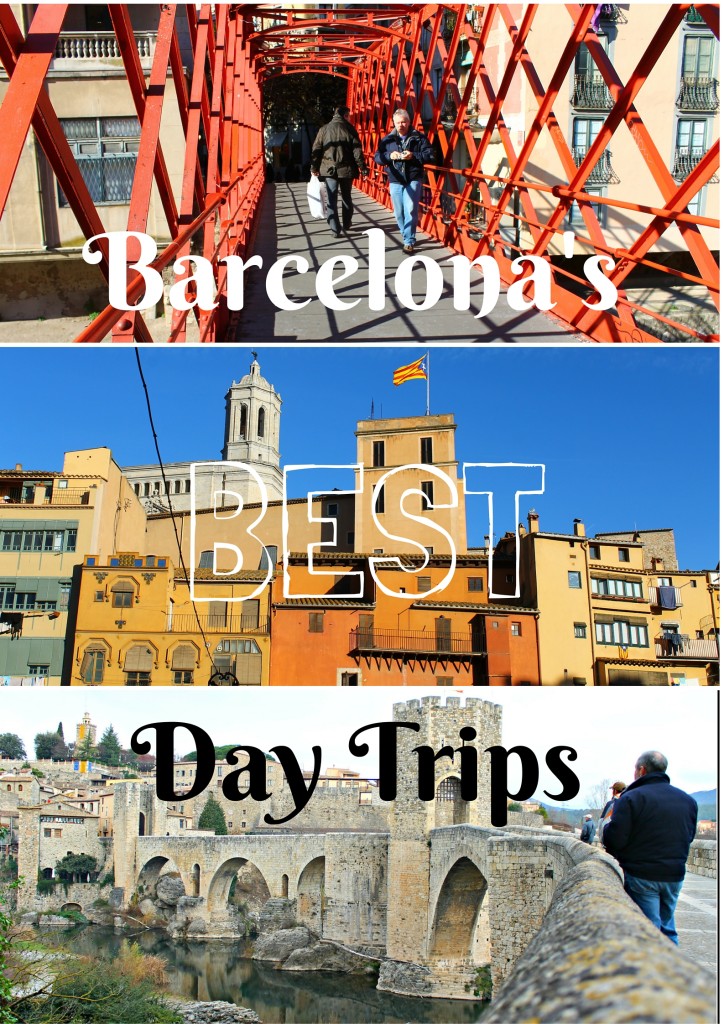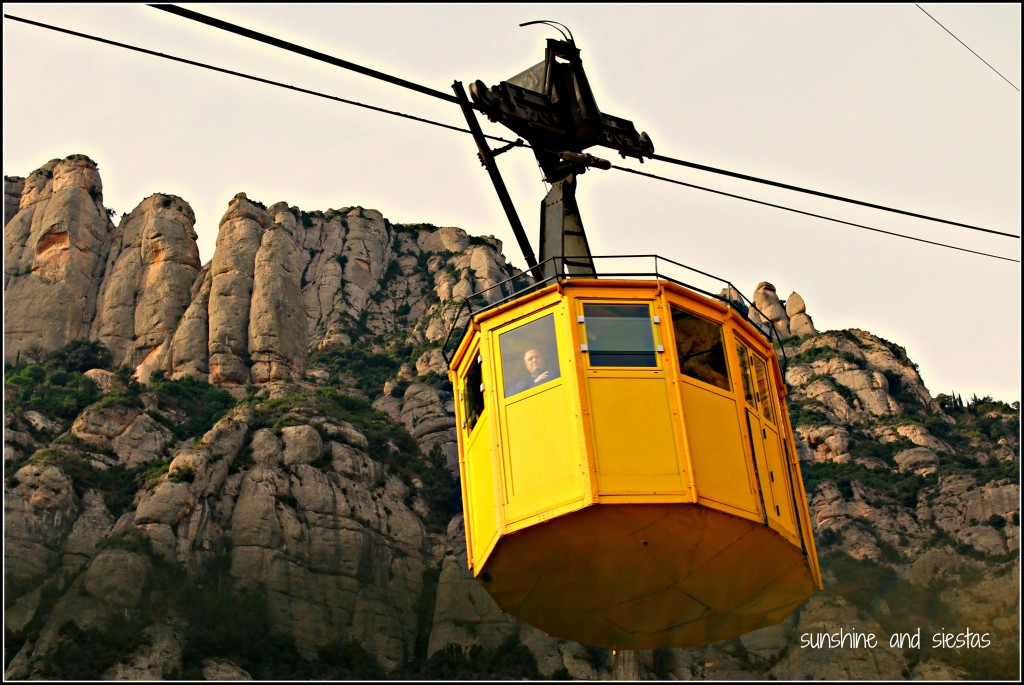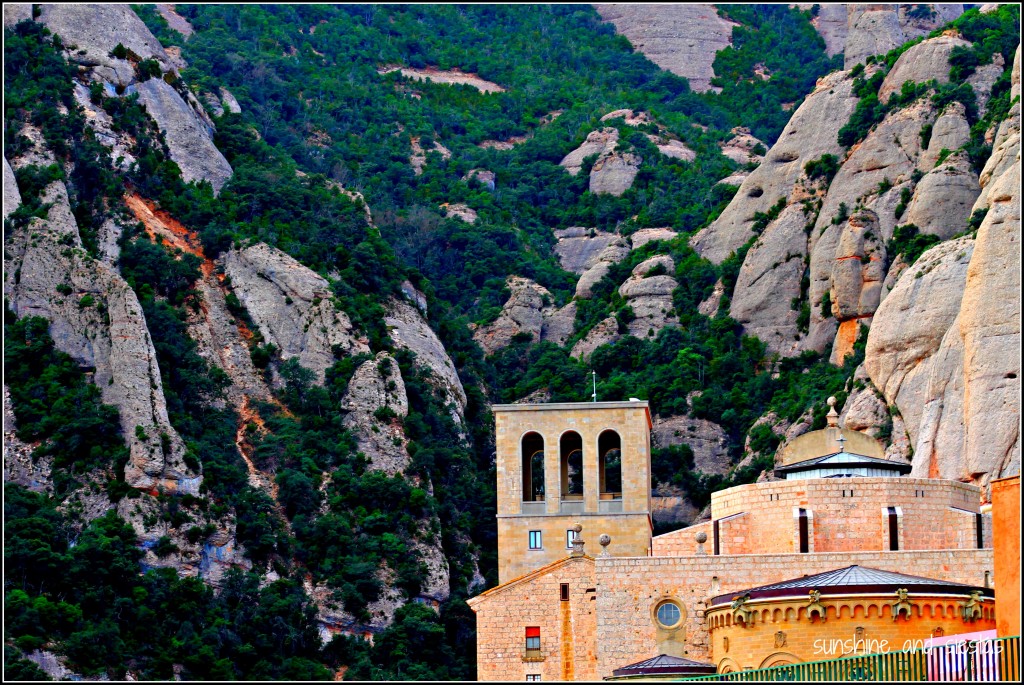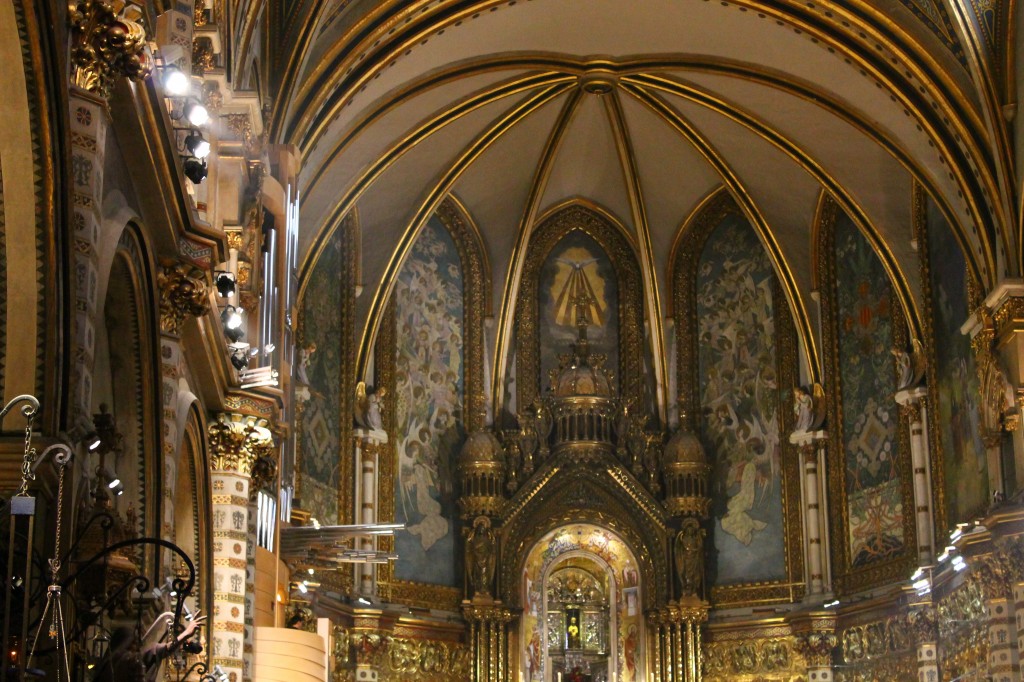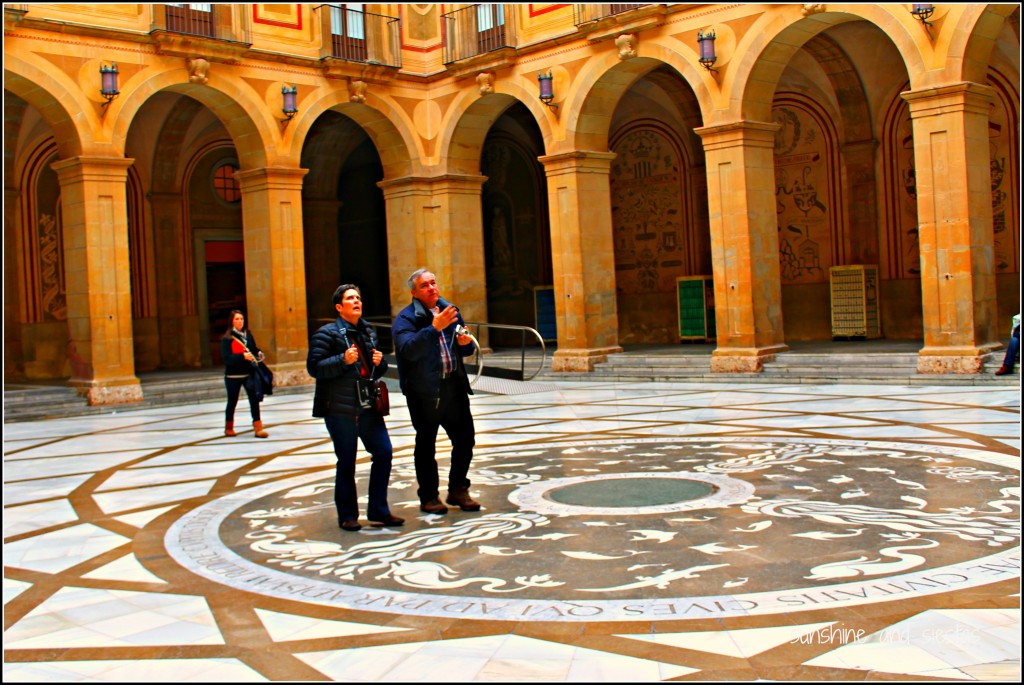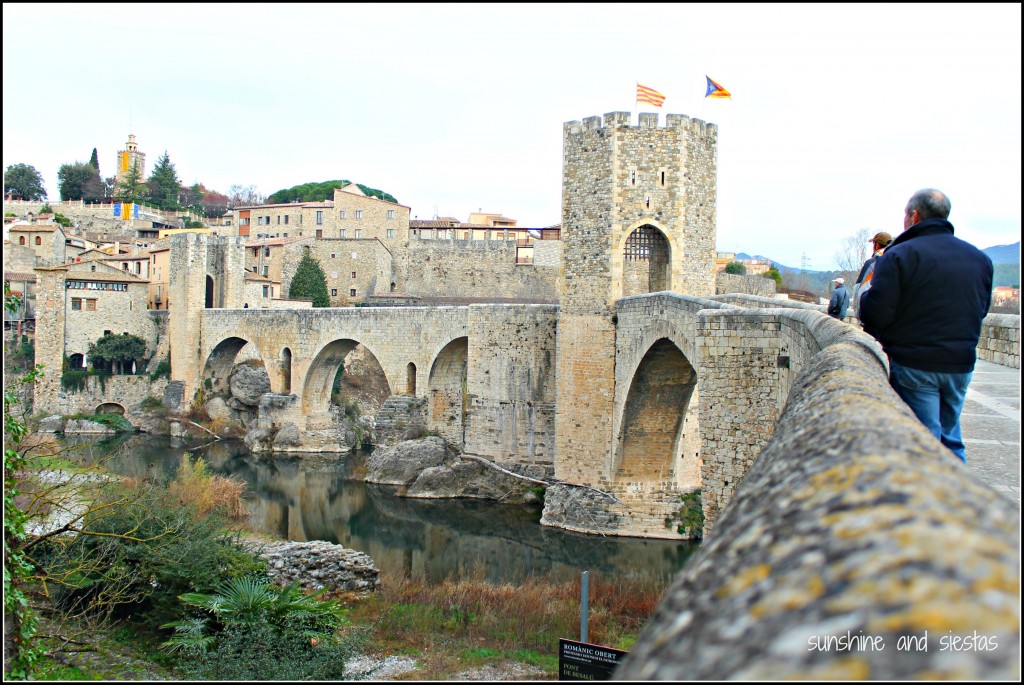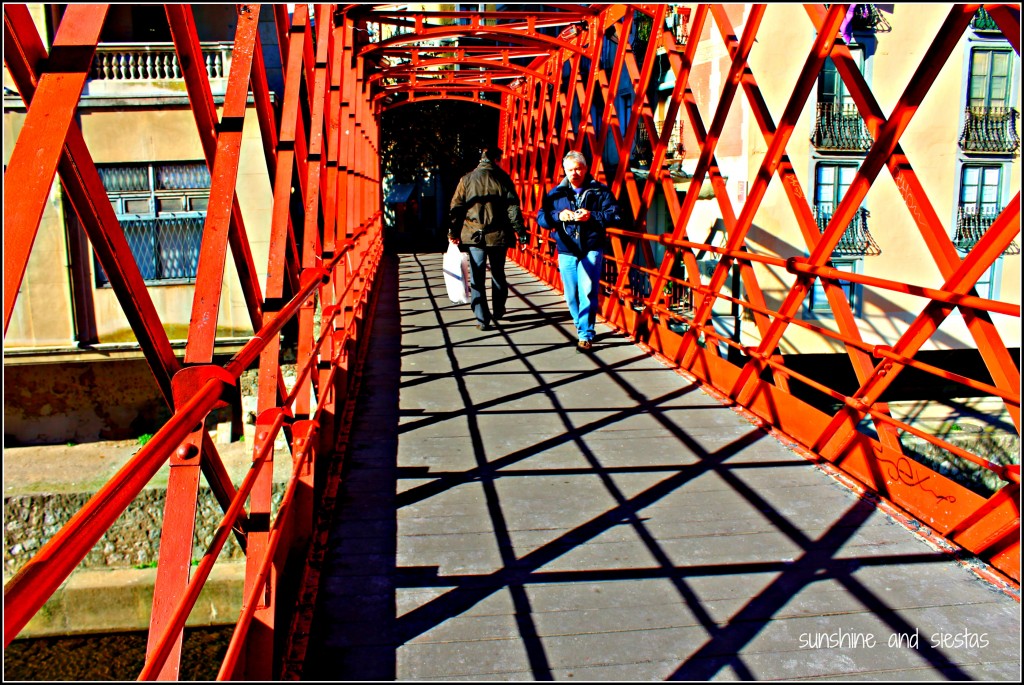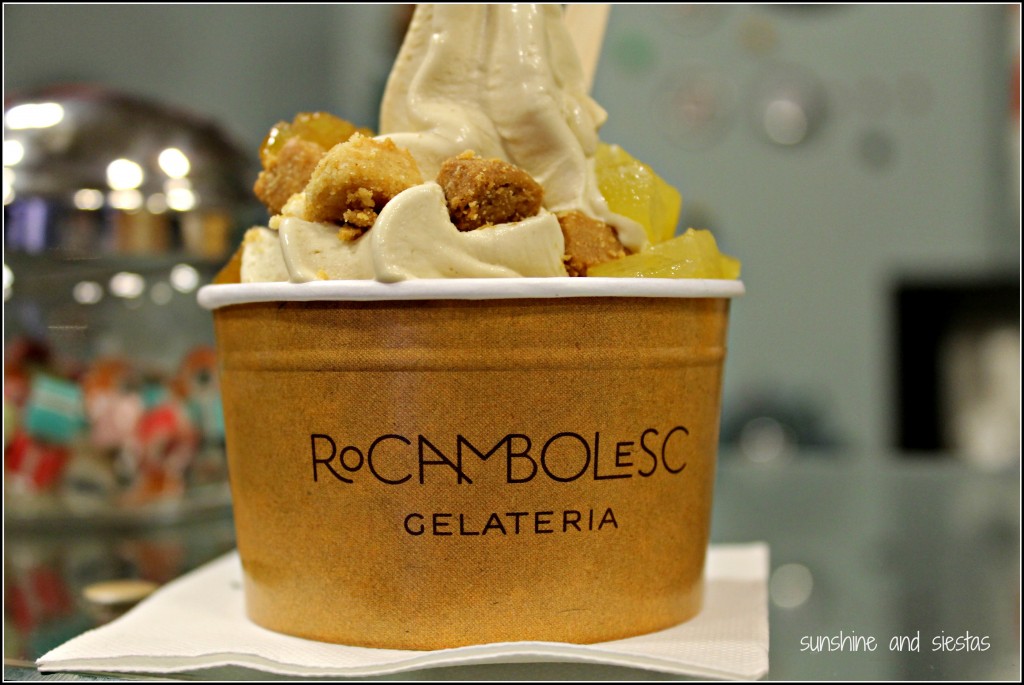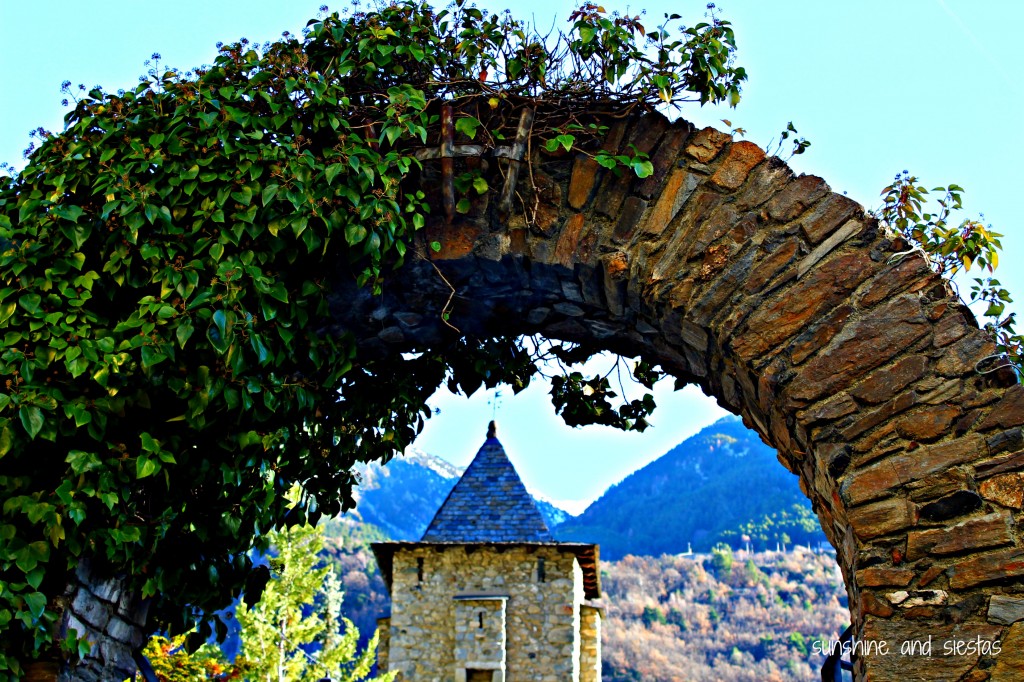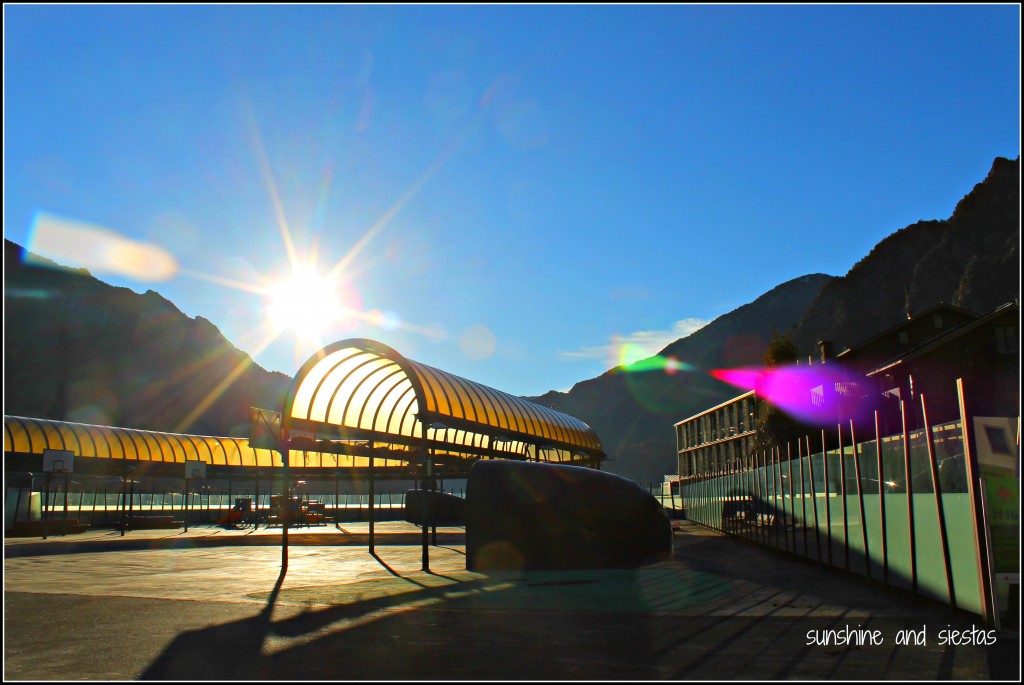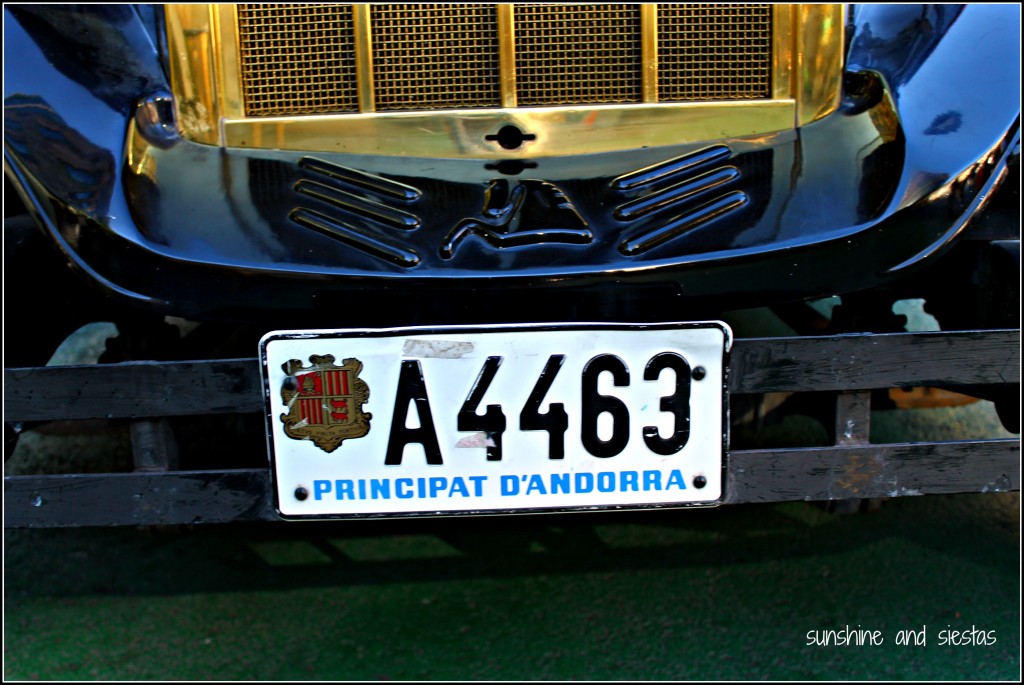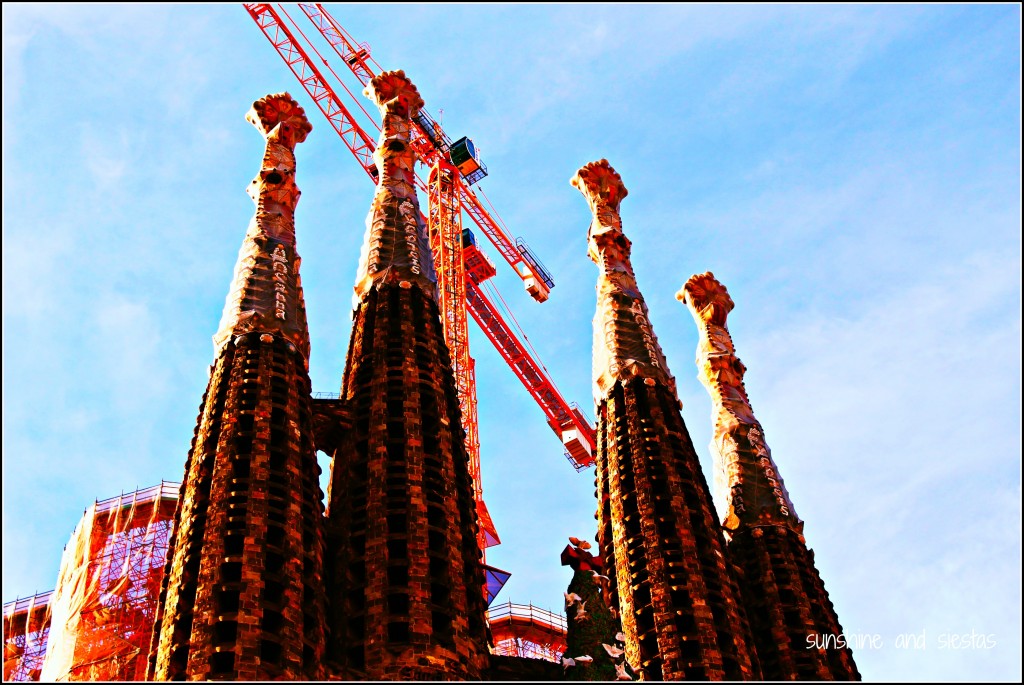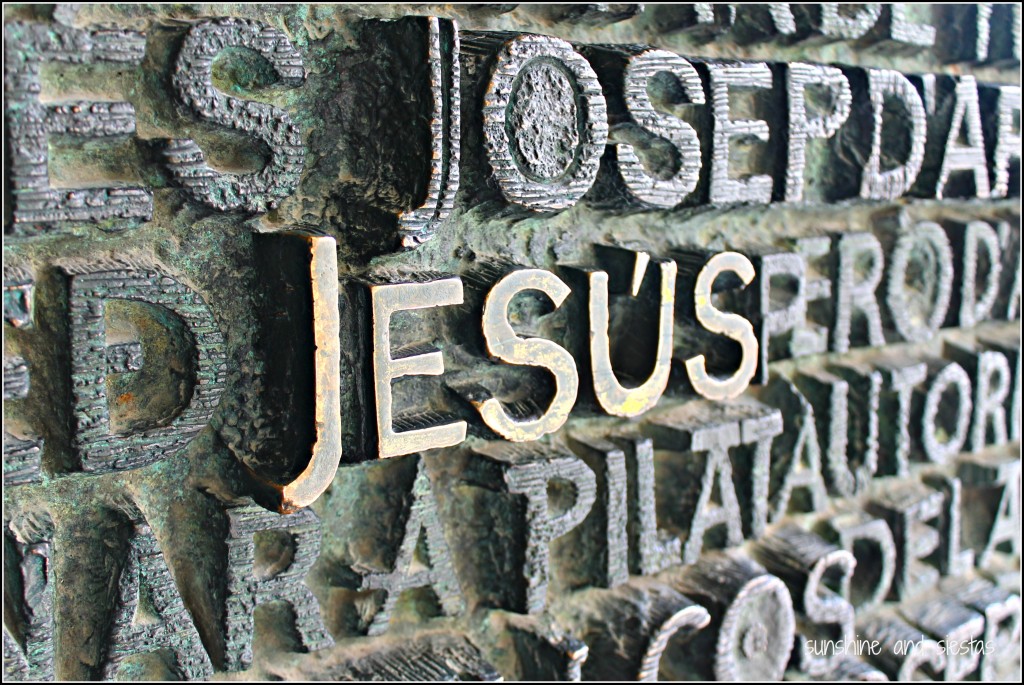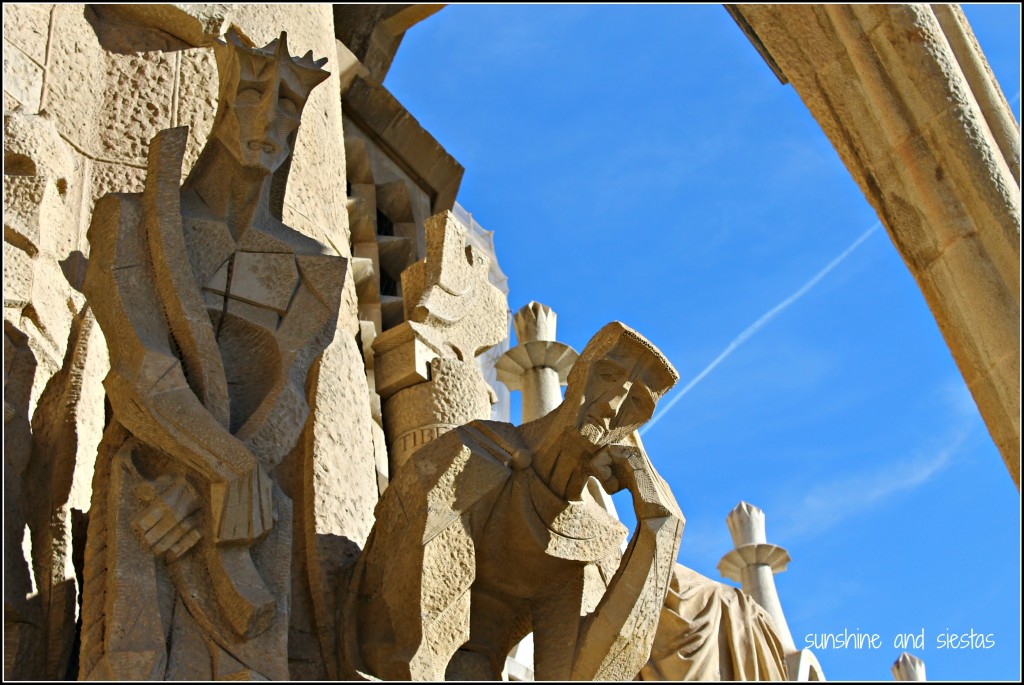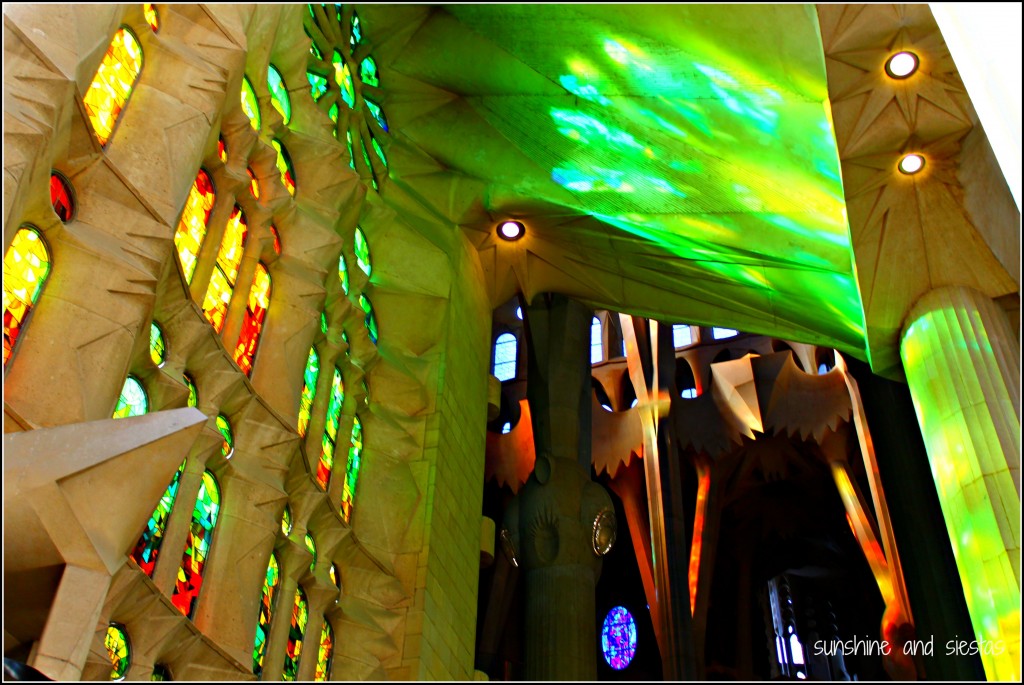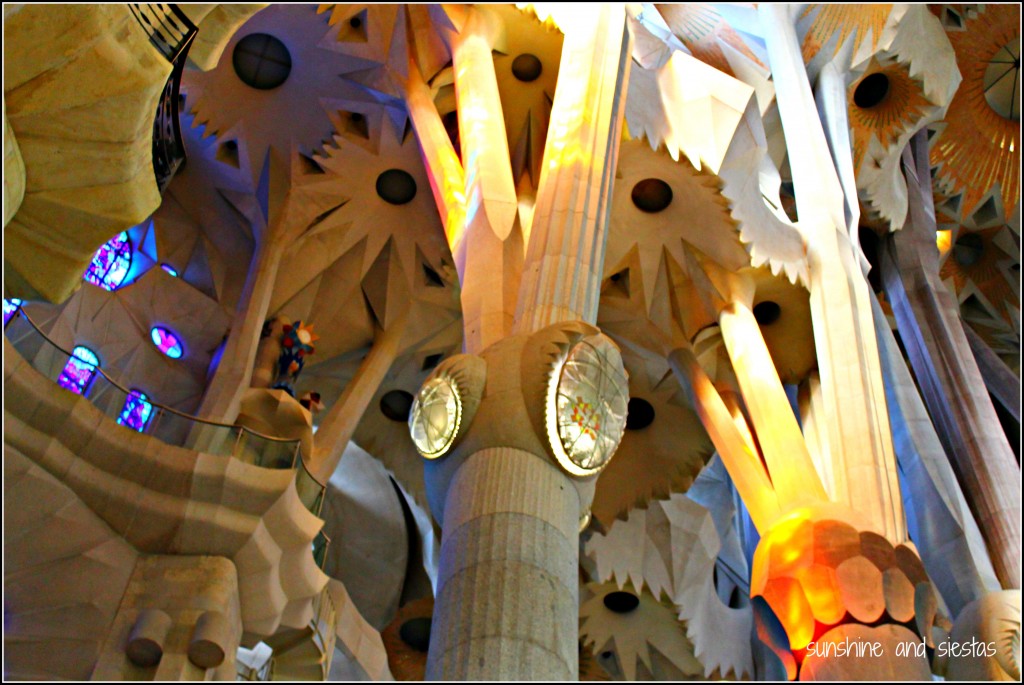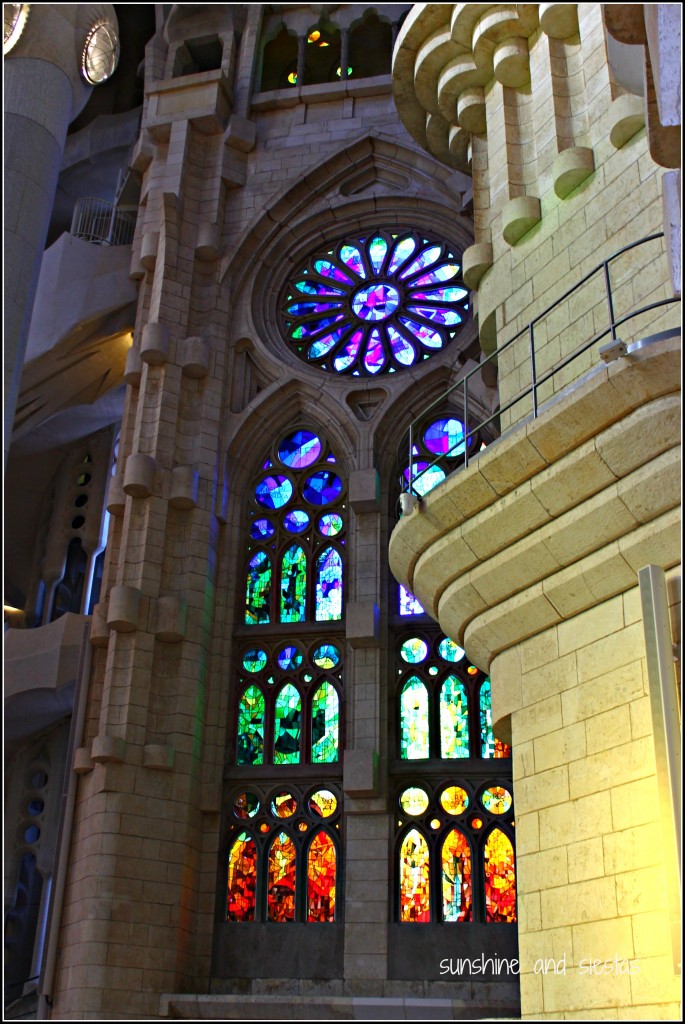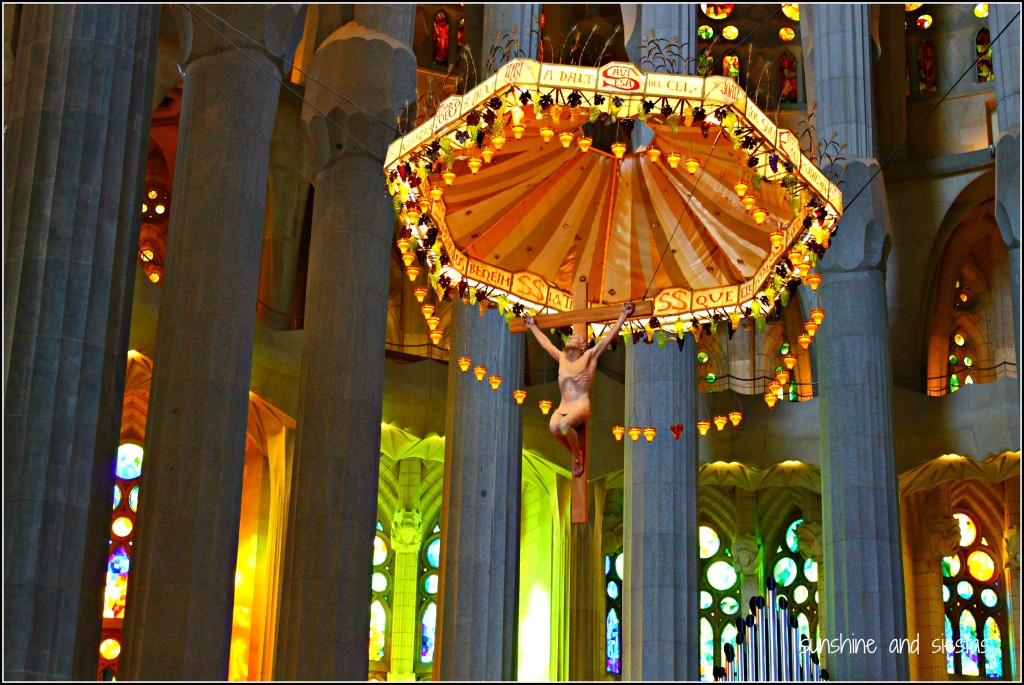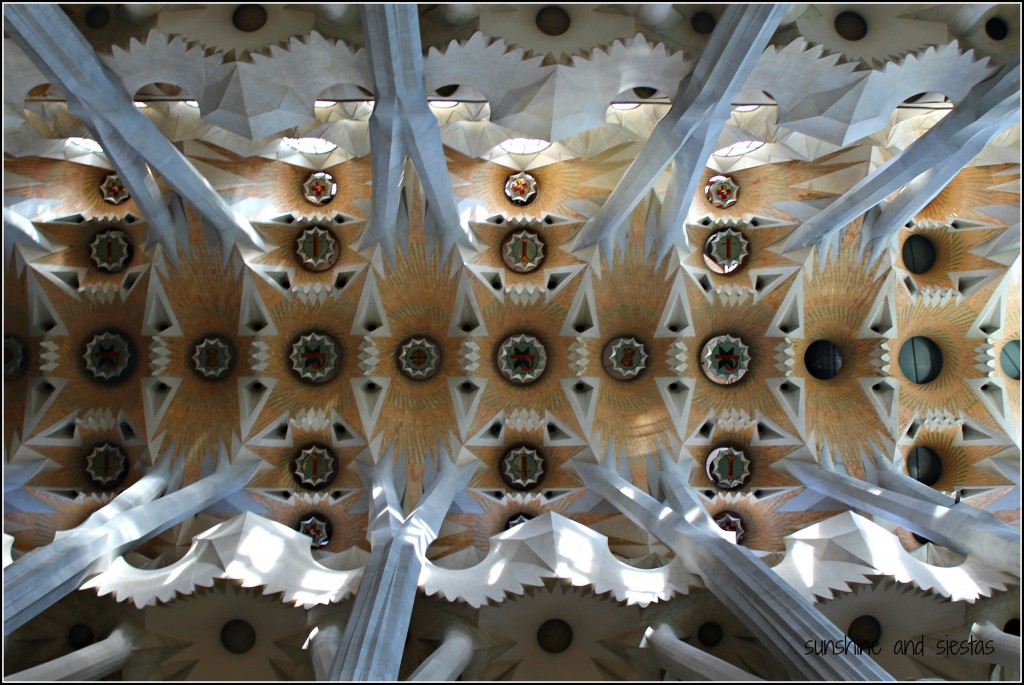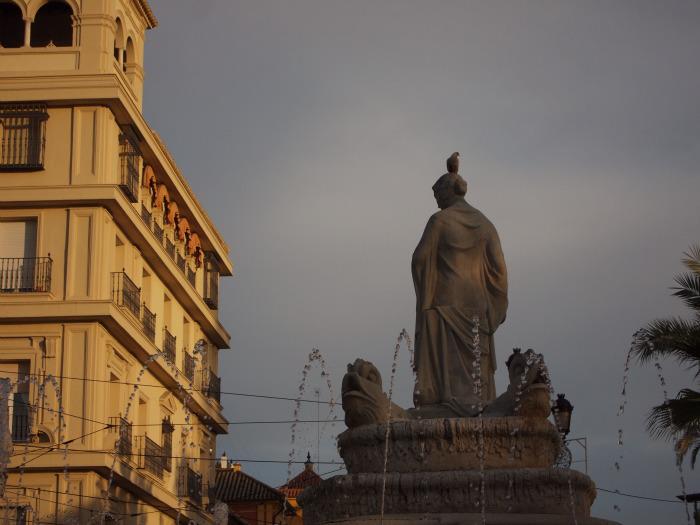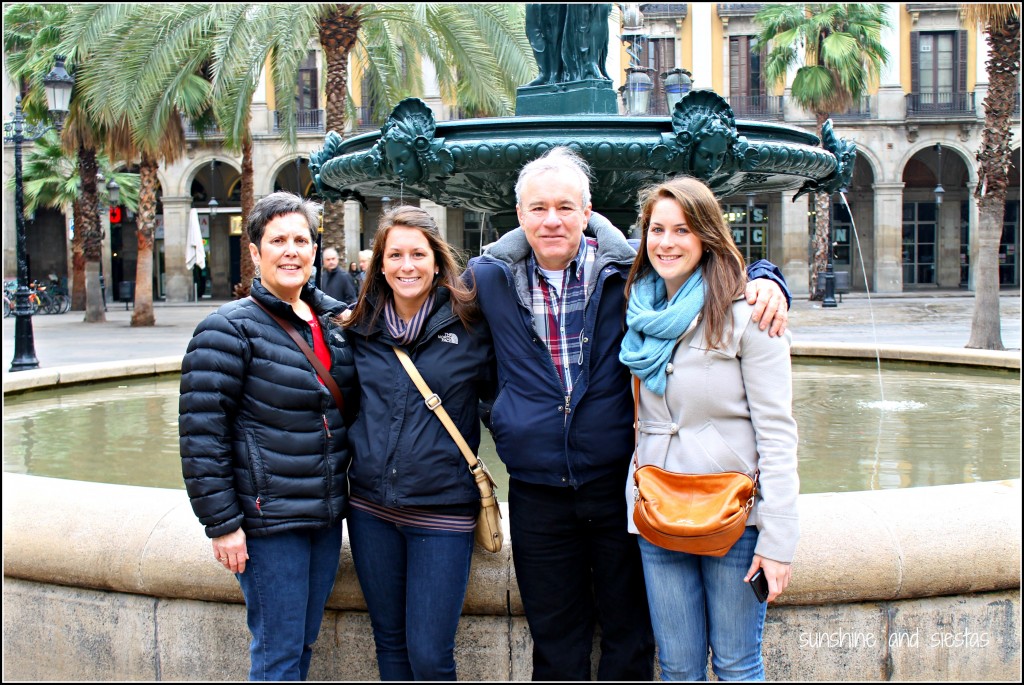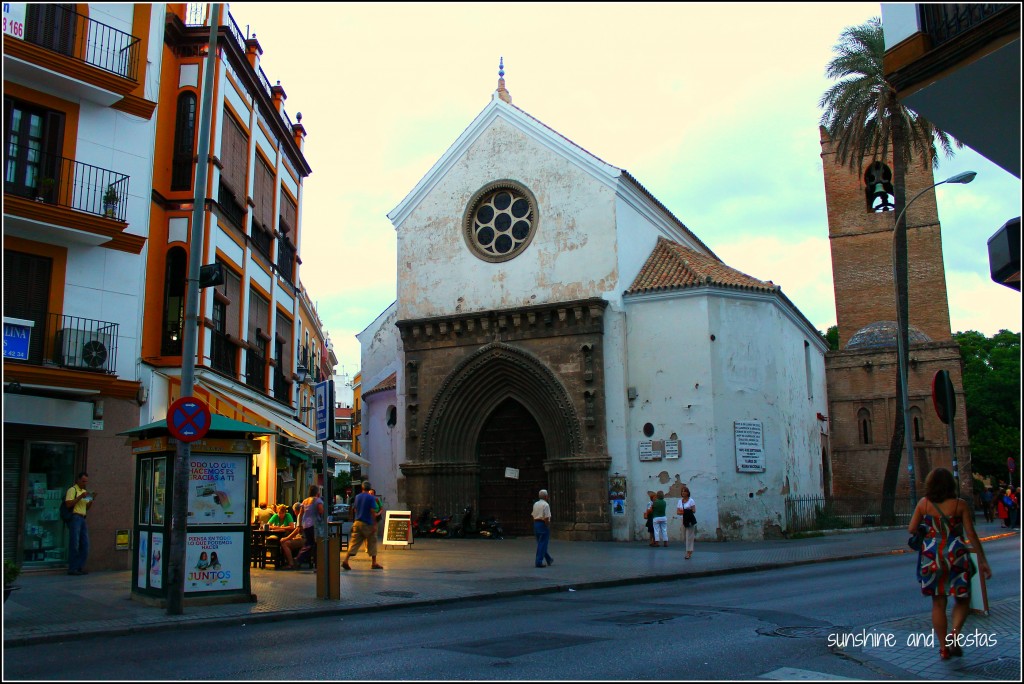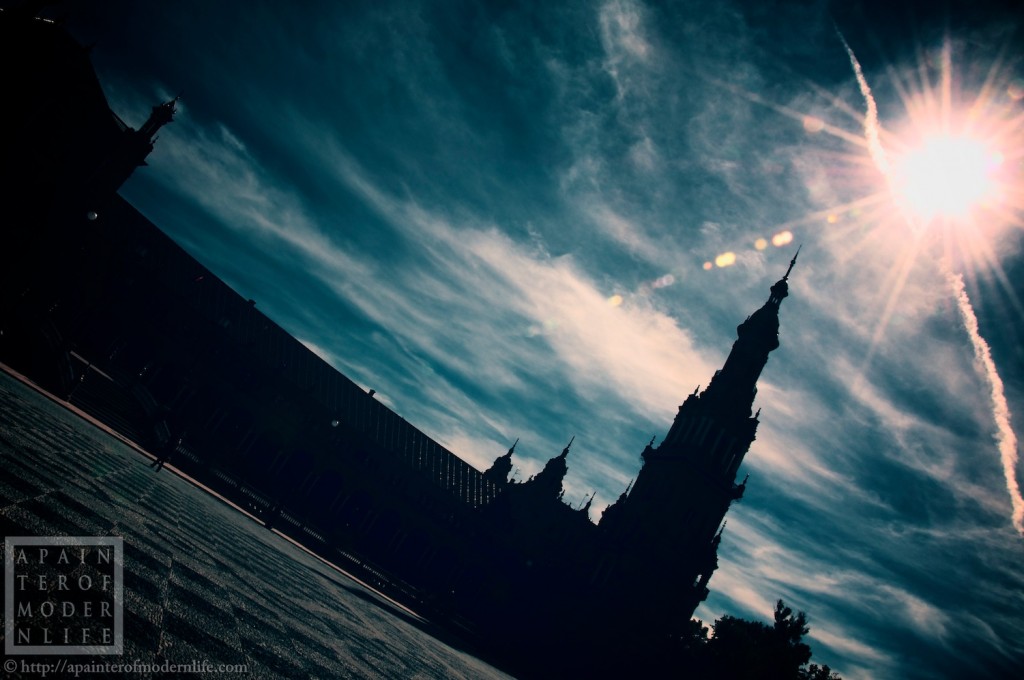I’ve said recently that I don’t like Barcelona (and it sparked a big debate on my blog and Facebook page. Turns out even people who love the city think it has a dark side and that its people can be unfriendly at first, though many were shocked with my confession). So when my parents suggested it as our Christmas travel destination, I was initially disappointed, but figured a seven-night stay would guarantee we’d use Barcino as a springboard into a region that others tout as gorgeous and cultural.
Thankfully, Barcelona is capital to a region with multiple encantos, even if I’m not a fan of its capital city or politics. During our stay, we were able to break out of the city thrice, discovering the beauty of Catalonia in its interior.
Montserrat
Upon my family’s last visit to Spain in 2007, the holidays presented us with the problem of what to do on Christmas Eve and Christmas Day. We hiked a mountain, attended mass in English (Thank you, Costa del Sol and your guiri enclaves!) and had dinner at the hotel. This year, we were in a heavily touristed area, but had three days of festivals to counter.
You know the saying, “If you can’t beat ’em, join ’em”? We became Creasters cum Holy Rollers on the day of Jesus Christ’s birth by driving to the Monastery of Nuestra Senora de Montserrat in the mountains of the same name.
My mom and I made the last cable car for the day and were its only occupants, affording unparalleled vistas of the strange mountain range that the monastery and its various hermitages can be found in – it jutted up from the plains like an upside-down saw. My dad and sister drove the car up, snaking through alien rock formations and curbside offerings. Because it was Christmas, the parking was free, but the cable car ran my mother 6€ and me 5€ with a carnet joven.
The monastery, apart from its surroundings, is also known as the home of the Montserrat virgin, whose face is black, earning her the local nickname of La Moreneta. The place was crawling with tourists, similar to my experiences at Covadonga and Santiago de Compostela, but we were in for a treat: the all-boys choir, L’Escolonia, would be singing at the noon mass.
The whole place was opulent, lined in limestone with marble floors, statues of saints and an impressive art museum. I could barely see anything but on my tiptoes once inside the church, but the slight breeze and commanding views of the area were all I needed to consider myself holy on that day.
If you go: Montserrat can be reached by car, bus or train from central Barcelona. I used this page to plan our trip. The basilica itself was free, and many pilgrims choose to bring picnic lunches and enjoy the views, rather than picking over sandwiches in the cafeteria.
Girona and Besalu
For ages, Girona to me was little more than a Ryanair hub with a direct flight from Seville. On my way back from Karnaval in Cologne, Germany a few years back, I had a seven-hour layover. Not willing to sit in an airport, I hopped a bus to the city about an hour north of Barcelona and explored it on a sleepy Sunday.
It surprised me, quite honestly. Humbling beautiful, historic and lively – even on a Sunday!
I told my parents it was a must-see, and my dad’s love of medieval architecture made a trip to nearby Besalú to see the famous stone bridge. The town is teeny, cut through with cobblestone medieval roads and small, family-run shops.
We stopped in the tourism office, which was open but unmanned, and found that practically all roads led to the river Fluvià and the magnificent bridge. Many of the people we met told us that they were from elsewhere in Spain and had fallen under the charm of its Romanesque streets and history.
Girona was a quick drive away, and I remembered the city well – the soaring spires of the churches, the cobblestones under our feet, the street life. The clear day shone over the city perched along a river and its bright buildings, and merchants reopened after a few sleepy, glutton-filled days. We stopped for cupcakes on the main shopping street, beers in sun-drenched plazas, pintxo moruno in a bustling restaurant. Sadly, the smack-in-the-face Independence flags and signs got in the way of the beautiful buildings in the old Jewish quarter.
Even a horrible tummy ache (I later got sick) couldn’t prevent my sweet tooth from getting the best of me. I took my parents to Rocambolesc, the brainchild of the Hermanos Roca, famous Catalan chefs. The whimsical interior of the small place, which is a Catalan word for fantastical, was something like out of Willy Wonka, from a wall display of the six types of ice cream, a cotton candy machine and pinstripes.
I have to say that the hype, much like Barcelona’s, didn’t live up to my expectations. I let the attentive and sweet (ha!) shopkeeper chose baked apple ice cream with butter cookie crumbles and sweet apples, but could barely plow through half of it – it wasn’t sweet or even that tasteful! I agonized over the orange sherbet the guy parked on the bench next to me.
If you go: Girona and Besalu can be reached by car or bus from Barcelona, though there is a toll on the C-33. Rocambolesc is right near the red iron Eiffel bridge (Santa Clara, 50). The walk along the ramparts above the city are also not to be missed.
Andorra
This minuscule principality wedged in between mountain peaks of the Pyrenees range separating Spain from France welcomed me with a text message from my phone company. If Vodafone thinks it’s another country, it is in my book, too.
We snaked our rental car up through the Montseny and Costa Brava area of Catalonia before reaching the border. The signs were only in Catalan, but from the looks of it, we’d need to take just one road into the small country’s capital, Andorra la Vella. Upon parking, I felt like we were in a glamorous ski town – all mountains, clear skies and ski bunnies bustling up and down the city’s main shopping streets. Christmas sales had already begun, so we took our time browsing duty-free stores and brand name shops.
The city of Andorra la Vella is framed by mountains and thus the world-class skiing – tempting for my snowbird family. Here’s how to find the best ski boots for beginners: https://www.globosurfer.com/best-ski-boots-for-beginners/
The day was leisurely, with the only hiccups being stops for a coffee or lunch. The city doesn’t offer much by way of culture, and our tour of the historic part of town – stretching back 800 years – took a mere five minutes. The tourism office claimed that hot springs, ski resorts and outdoor activities keep the country’s economy afloat, but I have a feeling it’s the tax-free cigarettes and perfume.
Andorra is a three-hour car trip from Barcelona, or a four-hour bus journey via ALSA bus lines. Part of the highway has tolls. Don’t miss the breathtaking mountain views and the duty free shops!
Have you ever taken any day trips outside of Barcelona? Where do you recommend visiting?
If you’re looking for a guided tour or discount tickets for attractions, check out TicketBar. Or if you’d like to take a Spanish course while in Barcelona, I’ve got top tips and language schools – get in touch!
